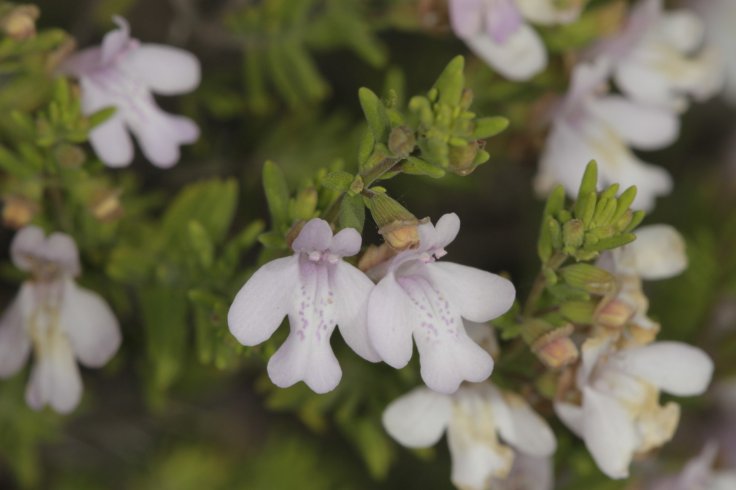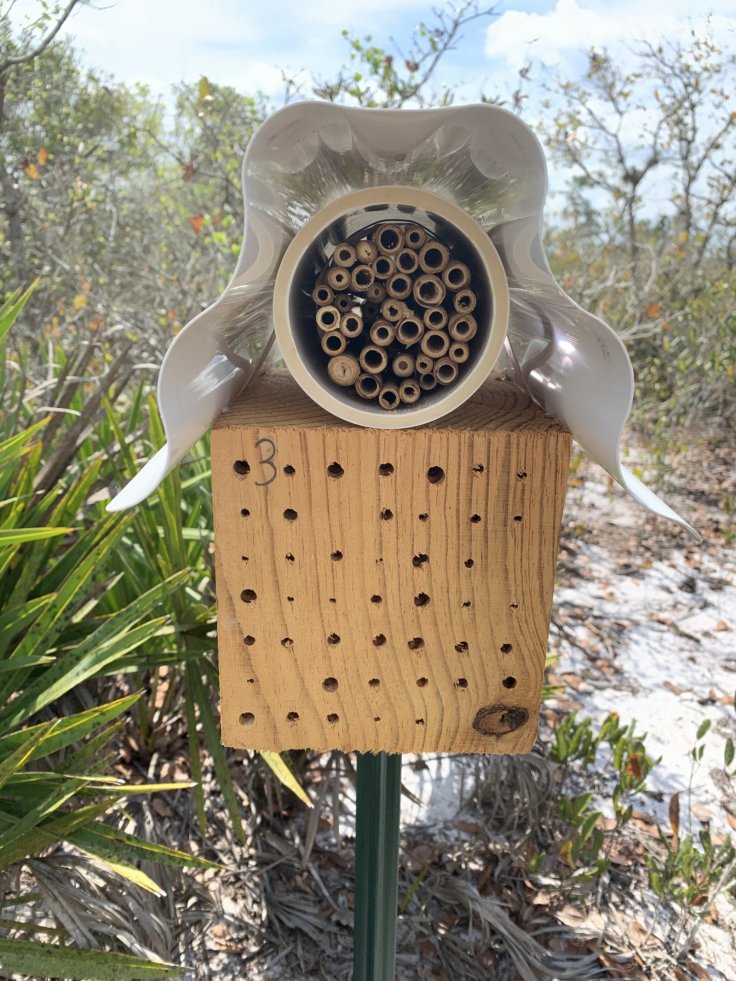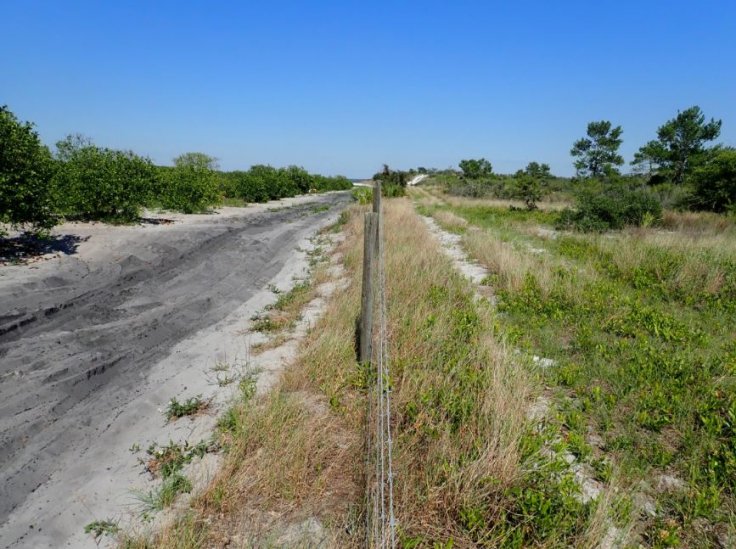At a time when the saddening news of several species of animals disappearing from the face of the earth is common, the reemergence of a lost species brings hope for the survival of a few. A researcher from the Florida Museum of Natural History has 'rediscovered' a rare bee that was last sighted in 2016.
A blue bee with a metallic sheen known as the blue calamintha bee (Osmia calaminthae) and is found only in Lake Wales Ridge region in Highlands County, Florida, was observed again after a gap of four years. It was first discovered in 2011.
"I was open to the possibility that we may not find the bee at all so that first moment when we spotted it in the field was really exciting," Chase Kimmel, a postdoctoral researcher said in a statement.
Endemic to the Lake Wales Ridge region

The blue bee is believed to be found only in the Lake Wales Ridge region, which is a biodiversity hotspot of world renown. "This is a highly specialized and localized bee," Jaret Daniels, director of the museum's McGuire Center for Lepidoptera and Biodiversity, and Kimmel's advisor said.
The species has been spotted only in four locations spanning a paltry 16 square miles of pine scrub. Such localization and rarity of species in the region is perhaps the result of Florida's geological past. Daniels explained that much of the state was submerged under water a long time ago and sand dunes in the elevated areas in the central part of the state acted like islands. This led to the creation of isolated ecosystems, which in turn produced specialized flora and fauna found in clusters, including the blue calamintha bee.
A specialized pollinator

Akin several species of bees, the blue calamintha bee, is a pollinator—carries pollen from one plant to another. It pollinates a threatened species of a flowering plant known as Ashe's calamint (Calamintha ashei). Aided by its uncommon facial hair, the bee gathers large amounts of pollen from the flowers.
However, the researchers are keen on ascertaining whether the rare bee visits flowers other than the equally rare Ashe's calamint. They will do so by analyzing the pollen obtained from the bees and by manual surveillance. As of now, only one case of the bee frequenting another floral host has been recorded.
Do not nest in hives

Unlike honeybees that nest in hives, blue calamintha is a solitary bee that builds individual nests. It belongs to a genus known as Osmia, where species belonging to it repurpose hollow stems, ground burrows, and ground burrows to nest. Nevertheless, no such nest has been found yet.
In order to ascertain if blue calamintha engages in the same behavior, the scientists have set up 42 nest boxes or 'condos'. This is in areas where either Ashe's calamint or the bee have been found. The boxes contain an assortment of features to understand the nesting preferences of the insect. This includes holes drilled of different depths and diameters drilled into them and reeds. These boxes will be evaluated periodically over the next year as a part of a two-year study.
Habitat loss and need for further research

According to a 2015 US Fish and Wildlife Service report, Lake Wales Ridge region is one of the fastest-disappearing ecosystems in the country. The earlier mentioned unique environment is now found among patches of pine scrub found in orange groves across the US Route 27.
"It's one thing to read about habitat loss and development and another to be driving for 30-40 minutes through miles of orange groves just to get to a really small conservation site," Kimmel said. "It puts into perspective how much habitat loss affects all the animals that live in this area."
Despite the loss of habitat, the researchers recorded the bees' presence in three of the four known locations, along with six new sites 50 miles away. "We're trying to fill in a lot of gaps that were not previously known. It shows how little we know about the insect community and how there's a lot of neat discoveries that can still occur," Kimmel stated.
Florida's State Wildlife Action Plan classified the ultra-rare bee as a species of greatest conservation need. Therefore, the study could enable the assignment of endangered status for the bee.









